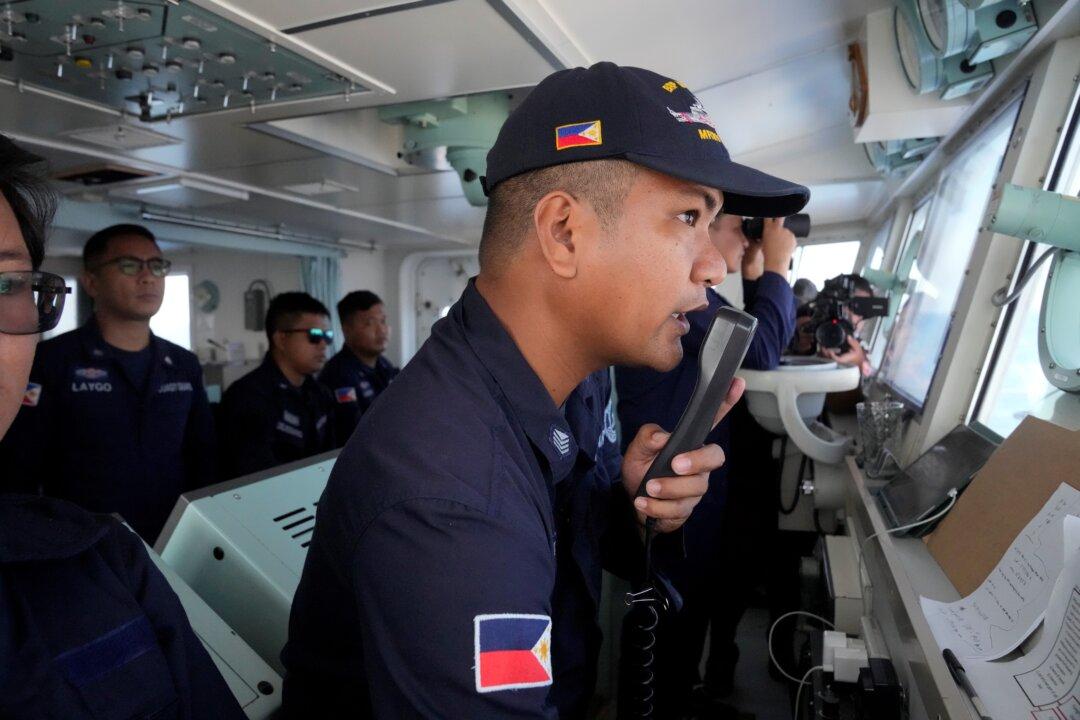Commentary
As tensions rise between China and the Philippines over islands and resource rights in the South China Sea, the Biden administration has drawn a line in the sand.

As tensions rise between China and the Philippines over islands and resource rights in the South China Sea, the Biden administration has drawn a line in the sand.